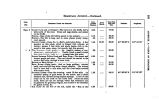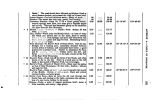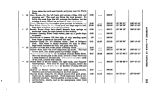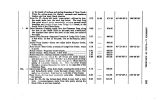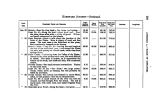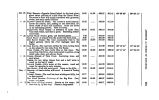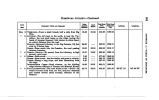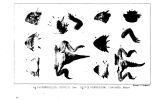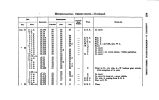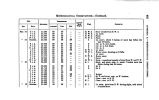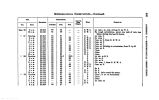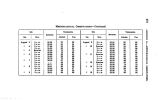| OCR Text |
Show 214 EASTERN SHORE-" BULL- BOAT." cool, drinkable water. At numerous places fine salt is brought up and jets of gas emitted: the salt forms an incrustation around the hole, and is pure enough for table use. Some small rivulets descend from the mountains as you proceed south; two of which, fed by springs, could be used for irrigation and enrich farms of one hundred acres each." " Box- elder is a beautiful stream of clear, sparkling water, except when swollen in the spring by the rapidly melting snow. It was swelled into a large river during the survey, and overflowed all its banks. This stream, and the two south, to Bright Creek, can be carried over some excellent land, and made to water ground enough for five thousand people." " Bed Springs are hot waters, impregnated with iron, which is deposited and colours the ground crimson red: hence the name. The salt- flats extend from the lake to this point, and a low flat sweeps round to Weber Biver, of the clay barren character, between the north branch of the river and Mud Island. The river was now swollen, and filled several channels over this flat, entering the lake to the northward; and many were ten feet deep, with a swift current. At the mouths they shoal, but were very uncomfortable to ford, as we did, by wading, as the water was of the temperature of melting ice and snow. 11 " In the angles of Bed- spur and Main range are Bmall streams for farming purposes; but the Ogden river, as it bursts out of a narrow cafion, furnishes an opportunity for mill privileges and irrigating canals seldom equalled. On its bank is the site of Ogden City. Beautiful meadows, the river- level of which is subject to overflow, are below the junction with the Weber; and I estimate forty square miles on these streams as capable of cultivation." " The freshets had Bwept off all the bridges, and embarrassed us much. To survey the delta of Weber and cross the rivers required boats. We obtained hides, and, by the aid of some Flathead Indians, constructed a " bull- boat," by taking willow rods and laying a keel and longitudinal ribs between two stakes driven into the ground, marking the length, and then cross- sticks, tied with thongs, making the skeleton of a canoe. Three hides were sewed together; the sides of the centre one and one end of each of the others being joined and then softened in water: they were now stretched over the willow- work, and the seams made tight by a composition of melted tallow and ashes. Our wagons were taken into parts, a rope was stretched over a foaming, tossing, boiling |
































































































































































































































































































































































